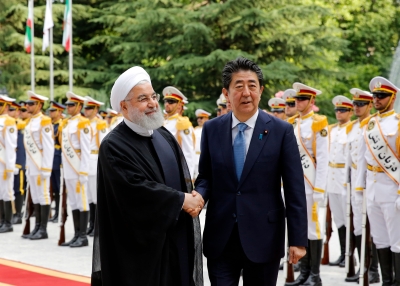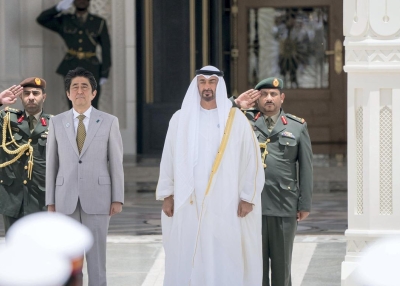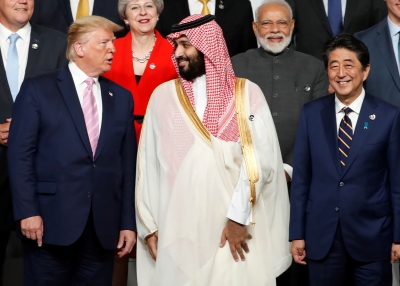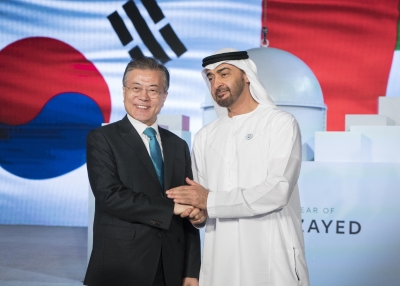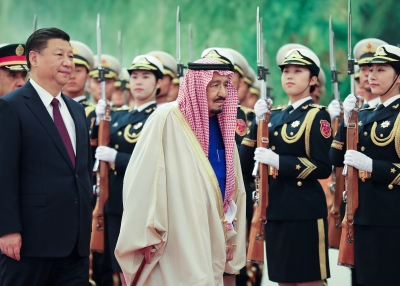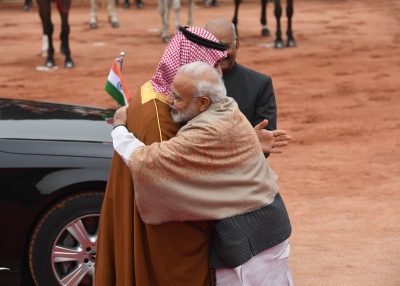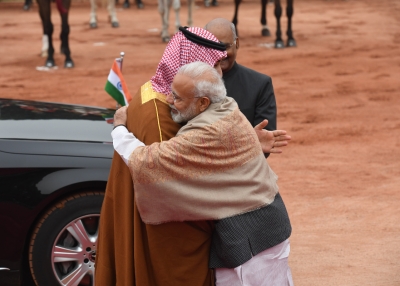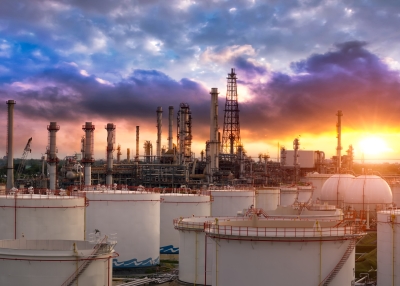Asia’s New Pivot: Evolving Ties Between East and West Asia
ASPI Initiative
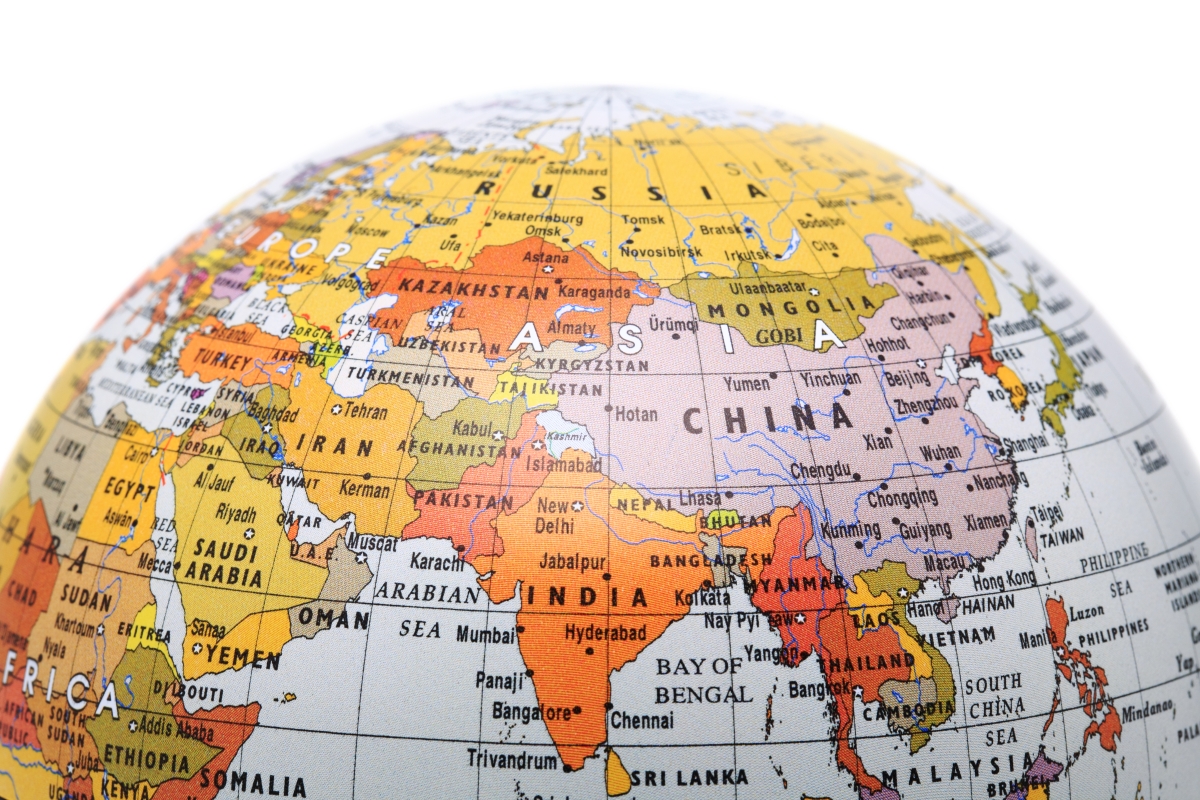
Over the next decade, the most interesting Asian pivot will have far less to do with ties between the United States and its Asian partners, but with deeper integration between economies on both sides of the Eurasian continent. While both East Asia and the Middle East have traditionally looked to the United States as their most significant economic and security partner, this dynamic is changing. Trade between China and the Middle East surged by a staggering 600% from 2000-2014, largely driven by increasing energy demands. Similarly, Indian exports to Gulf Cooperation Council countries have nearly doubled over the past decade. Going forward, it is clear both regions will increasingly look toward the other to achieve their strategic priorities.
Over the past year, several seminal events have highlighted the growing network of Middle Eastern and East Asian relationships. In February 2017, King Salman of Saudi Arabia launched an ambitious month-long tour of four Asian countries, concluding over $65 billion dollars of economic deals over the course of his visit. Salman’s visit provided the most obvious evidence of a growing “Look East” trend among Gulf nations, as they seek markets and partners that will enable their economic modernization and diversification.
Meanwhile, Asian countries are looking west. While Asian economic interests have historically been driven by the need for reliable access to energy resources, these relationships are now deepening and diversifying into new sectors, including technology, green energy, defense, and infrastructure development. The initiative with perhaps the most significant implications for East Asian-Middle Eastern ties over the next decade may be China’s ambitious Belt and Road Initiative. However, under Prime Minister Narendra Modi, India has also doubled down on engaging the Gulf region through its “Think West” policy.
A series of visual briefs – starting with India and China – will outline an individual country’s evolving ties with the other region across four key areas:
- Economic and Energy Ties: Commercial engagement through trade, investment, and joint business ventures.
- Strategic and Diplomatic Relations: Official engagement by governments in the context of geopolitical priorities.
- Security and Military Cooperation: Bilateral engagement between defense and military establishments.
- People-to-People Ties: Cultural engagement and the flow of people and ideas.

